39 label the parts of an incandescent bulb
label the parts of the incandescent lamp - Brainly.ph Feb 25, 2021 ... Filament. 2. Glass Bulb. 3. Lead Wire. 4. Filament Support Wire. 5. Base. #CarryOnLearning. active attachment. search. rotate. Diagram Showing Parts Modern Incandescent Light ... - Shutterstock Diagram showing the parts of a modern incandescent light bulb. labeled. Part if lightbulb diagram illustration. Vector light bulb infographic.
Incandescent - Materials: Light Bulb Components A) Bulb - Function: protects inner components. Material: made of soda-lime glass (hard glass to withstand higher temperatures). Reason: Transparent, relatively cheap, high melting point, easily molded. B) Filament - Function: conducts electricity and at high temperature emits light. Material: made of tungsten.
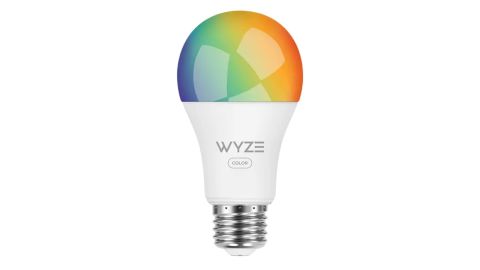
Label the parts of an incandescent bulb
Types of Lighting: Incandescent Bulbs | EGEE 102: Energy Conservation ... The incandescent bulb consists of a sealed glass bulb with a filament inside. When electricity is passed through the filament, the filament gets hot. Depending on the temperature of the filament, radiation is emitted from the filament. The filament's temperature is very high, generally over 2,000º C, or 3,600º F. Label Light Bulb Diagram - EnchantedLearning.com - Pinterest A series of free worksheets that helps students explore electricity. Who is credited with the invention of electricity? How does an electric bulb light up? Incandescent | Light Bulb Types | Bulbs.com Diagram showing the major parts of a modern incandescent light bulb. Glass bulb Inert gas Tungsten filament Contact wire (goes to foot) Contact wire (goes to base) Support wires Glass mount/support Base contact wire Screw threads Insulation Electrical foot contact Where are they used?
Label the parts of an incandescent bulb. How to Read a Light Bulb Label - Save On Energy® Blog Let's break down the main parts of the label so you will feel more confident standing in that light bulb aisle. Brightness: Most people equate watts with brightness - a 40 watt bulb is not very bright, but a 150 watt bulb is very bright. But watts really tell you how much energy the bulb is using. Parts of a Lamp (Table and Floor Lamp Diagram) - Home Stratosphere Lampshade: Softens the light. Bulb: Provide the light. Harp: Vertical shade support and shade attachment into the socket. Socket shell: light socket for bulb. Insulation sleeve: Secures socket shell to the switch and base. Switch: Turns light on and off. Base: Lighting element base that attaches to the lamp body. Label Light Bulb Diagram - EnchantedLearning.com Electrical contacts - the metallic base of the bulb which connects to the electrical contacts of the lamp when the bulb is in the lamp. Glass envelope - the thin layer of glass that surrounds the light bulb mechanism and the inert gases. Glass fuse enclosure - glass that insulates the bulb's fuses - located in the stem of the bulb. What Is an Incandescent Light Bulb - How It Works - LightScoop Incandescent light technology is very fair and straightforward. The technique employs tungsten or similar materials to heat due to the electricity produce light energy. These super quality inventions have been a vital principle of the lighting industry worldwide. The tungsten filament burns out slowly with the glass surface.
Incandescent Vs. Fluorescent Light Spectrum | Hunker Fluorescent and incandescent bulbs are both lit differently. While both bulbs house and distribute the results of an electrical charge, an incandescent bulb's light is actually the result of the heat generated by an electrical current. This is the reason that an incandescent bulb that has been on for several hours is very hot to the touch. Draw a labelled diagram of an electric bulb explain its parts - Brainly The parts of a bulb are: The glass bulb It contains the filament and other parts which glows due to high temperature. Tungsten filament It is a extremely thin and long filament shaped as a double coil to convert electrical energy into light. The tungsten filament is heated to high temperature to emit light. In this activity, you are going to label the parts of a flourescent ... Correct answers: 2 question: In this activity, you are going to label the parts of a flourescent tube and an incandescent bulb. 1. 2. 3 8 1 7 mat makes a light bulb glow? The thin wire, or Bace cement ough it. When Exhaust tube of tube coghed Flourescot phyand 2 Light Bulb 6 pletely, Light Bulb Label Changes | Everything Simple Light Bulb Label Changes. Thomas Edison's electric light bulb, that is, the incandescent light bulb, has been in existence for over one hundred years. In fact, the availability of electric light changed how lighting home interiors and exteriors, and various other locations, were illuminated in the United States and other parts of the world.
How to read a light bulb part number: incandescent lamps - Regency Lighting And here's a list of common incandescent shape abbreviations: A = alpha shape R = reflector BR = bulge neck reflector T = tube F = flame B or BT = blunt tip B or CA = bent tip C = Christmas Here is a helpful webpage that includes worksheets and diagrams for common incandescent shapes. We use this page for our School of Lighting training program. Label the different parts of a bulb - Brainly.in Answer: Diagram showing the major parts of a modern incandescent light bulb. Glass bulb Inert gas Tungsten filament Contact wire (goes to foot) Contact wire (goes to base) Support wires Glass mount/support Base contact wire Screw threads Insulation Electrical foot contact How to Read & Understand a Light Bulb Label - Feit Electric We now rate brightness in lumens, the more lumens, the brighter the bulb. To convert a light bulb's brightness by watts, look at this handy chart. Lumens / Incandescent light bulb (watts): 375 lm / 25 W 600 lm / 40 W 900 lm / 60 W 1125 lm / 75 W Bulb Life Most bulbs list their lifespan on the label in years, and some in hours. Parts of a Light Bulb Flashcards - Quizlet light bulb. a device made of glass, ceramic, and metal parts that can by inserted into a lamp or other socket, in which electrons pass through in order to ...
Incandescent lamp | Definition, Inventor, Types, Examples, & Facts The mantle is a mesh bag of fabric impregnated with a solution of nitrates of cerium and one or more of the following metals: thorium, beryllium, aluminum, or magnesium. The mantle is fixed over an orifice carrying a flammable gas such as natural gas, coal gas, propane, or vaporized benzene or other fuel.
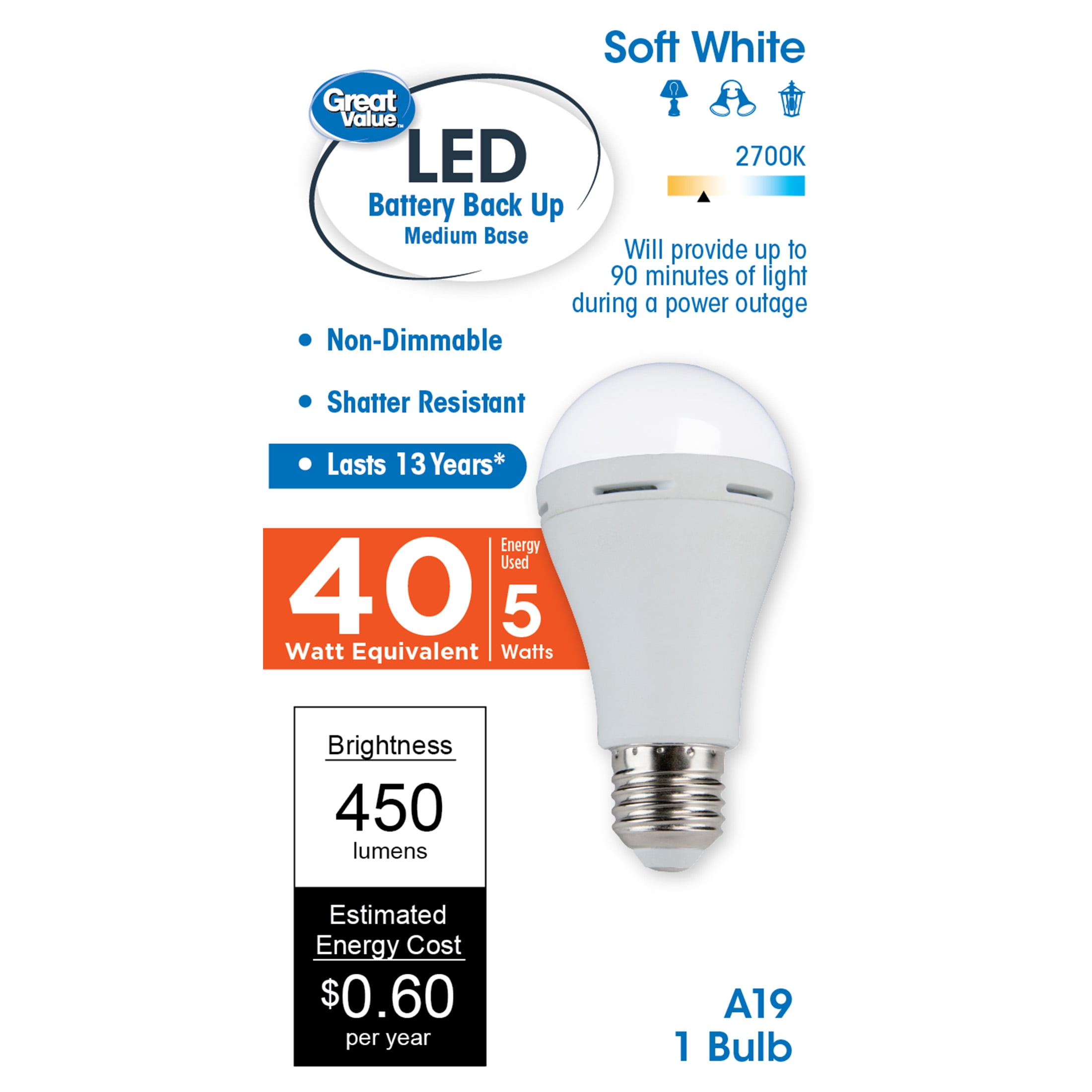
Great Value LED Light Bulb, 5 Watts (40W Eqv.) A19 Battery Backup Lamp E26 Medium Base, Non-dimmable, Soft White, 1-Pack
Parts of a modern incandescent light bulb Vector Image - VectorStock Diagram showing the parts of a modern incandescent light bulb labeled. Download a free preview or high-quality Adobe Illustrator (ai), EPS, PDF vectors and ...
How Does a Incandescent Light Bulb Work? [Step-by-Step] - Lumen Authority The most common electrical filament used in incandescent bulbs is tungsten, which is a very high-quality filament with a very high melting point. The interesting part is, only 3% of the electrical energy is converted into light energy, and the rest of the energy is converted into heat energy.
What is an Incandescent Lamp : Working & Its Applications - ElProCus Incandescent Lamp Construction. The construction of an incandescent lamp can be done by using different parts like a Glass bulb, Inert gas, Tungsten filament, Contact wire to foot, Contact wire to base, Support wires, Glass mount or support, Base contact wire, Screw threads, Insulation, and Electrical foot contact. Incandescent Lamp Construction.
Quiz & Worksheet - Light Bulb Parts Facts for Kids | Study.com 1. Which parts of the light bulb are connected to the filament and help keep electrons flowing? contact wires. inert gas. electrical foot contact. glass mount. 2. This chemical element is used to ...
Lumens and the Lighting Facts Label | Department of Energy Pounds are to bananas. Gallons are to milk. Lumens let you buy the amount of light you want. So when buying light bulbs, think lumens, not watts. The brightness, or lumen levels, of the lights in your home may vary widely, so here's a rule of thumb: To replace a 100 watt (W) incandescent bulb, look for a bulb that gives you about 1600 lumens.
What is an incandescent light bulb and how does it work? - Regency Lighting Basically, an incandescent light bulb is a controlled fire on display. When electrical current makes contact with the base of the bulb, electricity enters and heats the tungsten filament housed inside. And when the filament heats up, "incandescence" is created, which is light produced by heat.
Incandescent Lamp Principle and Construction of ... - Electrical4U There are mainly three materials used for producing the filament of incandescent lamps, and these are carbon, tantalum, and tungsten. Carbon was previously used for filament material, but presently tungsten is used most for the purpose.
Parts of Fluorescent Lights | Hunker The tube holds the gas. Traditional fluorescent lights have tubes shaped into straight cylinders. Compact fluorescent lights, CFLs, are fluorescent tubes bent in half like a letter "U" or bent into the shape of incandescent bulbs in a swirl. In "neon lights," the tubes are bent to form graphics or words. Phosphor coating
Diagram Showing The Parts Of A Modern Incandescent Light Bulb ... - 123RF Illustration of Diagram showing the parts of a modern incandescent light bulb. labeled vector art, clipart and stock vectors. Image 67377313. Discover millions of stock images, photos, video and audio.
Parts of a Light Bulb: Lesson for Kids | Study.com The electrical foot contact is at the base of the bulb and connects it with an electricity source. Contact Wires and Tungsten Filament Coming up from the electrical foot contact are two metal...
Incandescent light bulb - Wikipedia An incandescent light bulb, incandescent lamp or incandescent light globe is an electric light with a wire filament heated until it glows. The filament is enclosed in a glass bulb with a vacuum or inert gas to protect the filament from oxidation.Current is supplied to the filament by terminals or wires embedded in the glass.
What is an Incandescent Light Bulb? - The Spruce Parts of an Incandescent Light Bulb The standard incandescent light bulb is a fairly simple device. A threaded metal base (known as an Edison base) is linked to a fine tungsten metal filament that is coiled within a glass bulb mounted to the metal base with sealed joints.
Label the parts of a bulb - Electricity and Circuits - EMBIBE We normally see light bulbs connected to electrical sockets in our homes. Did you know that we can also light them up using large batteries? Watch this video...
Product Info: Special Facts: Incandescent: Diagram - GoodMart A) Bulb : Soft glass is generally used. Hard glass is used for some lamps to withstand higher bulb temperatures and for added protection against bulb breakage due to moisture. Bulbs are made in various shapes and finishes. Click to view various incandescent light bulb shapes. B) Filament : The filament material is generally tungsten.
Label Light Bulb Diagram - EnchantedLearning.com - Pinterest incandescent light bulb to label Unit Studies, Study Unit, Edison Tesla, Inventors, ... Label Light Bulb Diagram - EnchantedLearning.com ...
Incandescent | Light Bulb Types | Bulbs.com Diagram showing the major parts of a modern incandescent light bulb. Glass bulb Inert gas Tungsten filament Contact wire (goes to foot) Contact wire (goes to base) Support wires Glass mount/support Base contact wire Screw threads Insulation Electrical foot contact Where are they used?
Label Light Bulb Diagram - EnchantedLearning.com - Pinterest A series of free worksheets that helps students explore electricity. Who is credited with the invention of electricity? How does an electric bulb light up?
Types of Lighting: Incandescent Bulbs | EGEE 102: Energy Conservation ... The incandescent bulb consists of a sealed glass bulb with a filament inside. When electricity is passed through the filament, the filament gets hot. Depending on the temperature of the filament, radiation is emitted from the filament. The filament's temperature is very high, generally over 2,000º C, or 3,600º F.
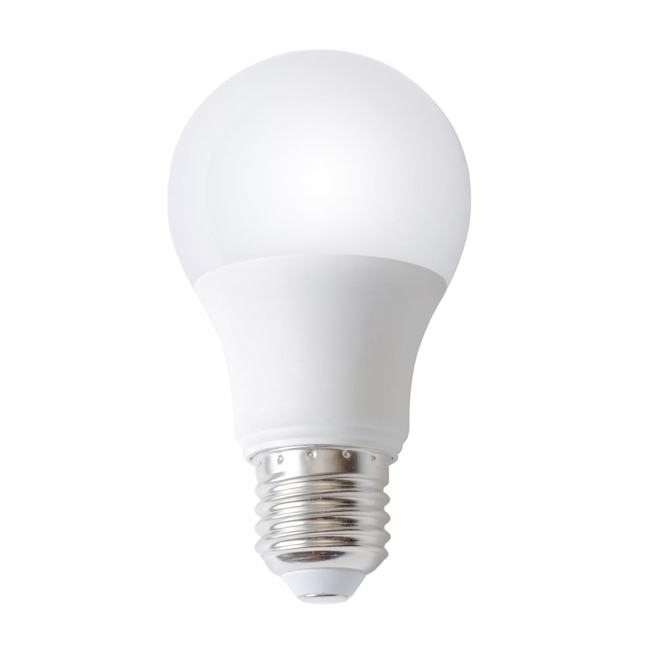




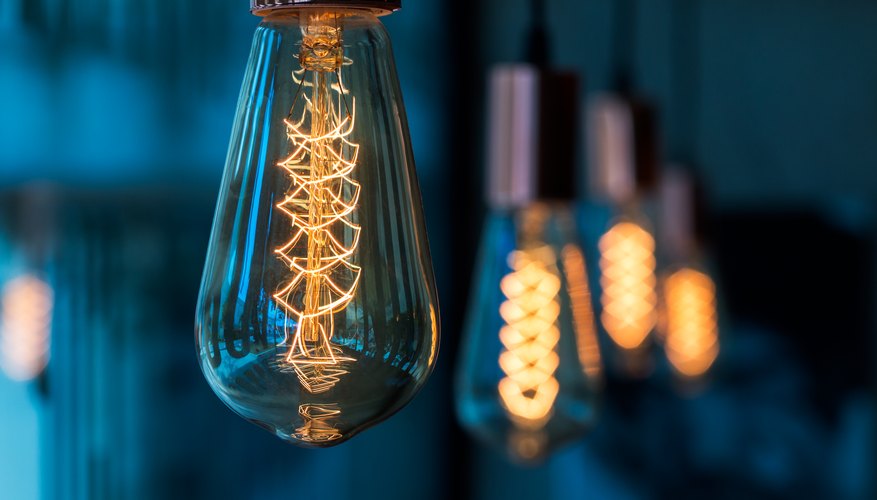
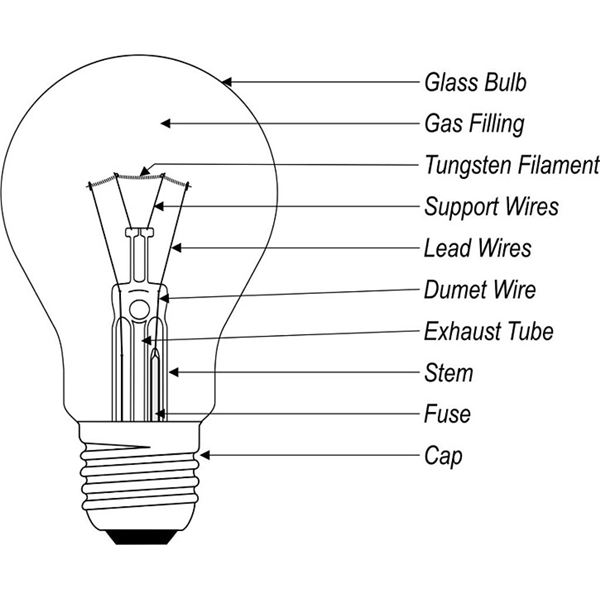
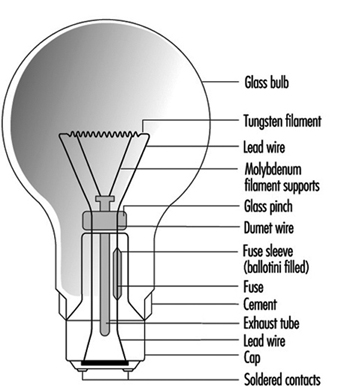

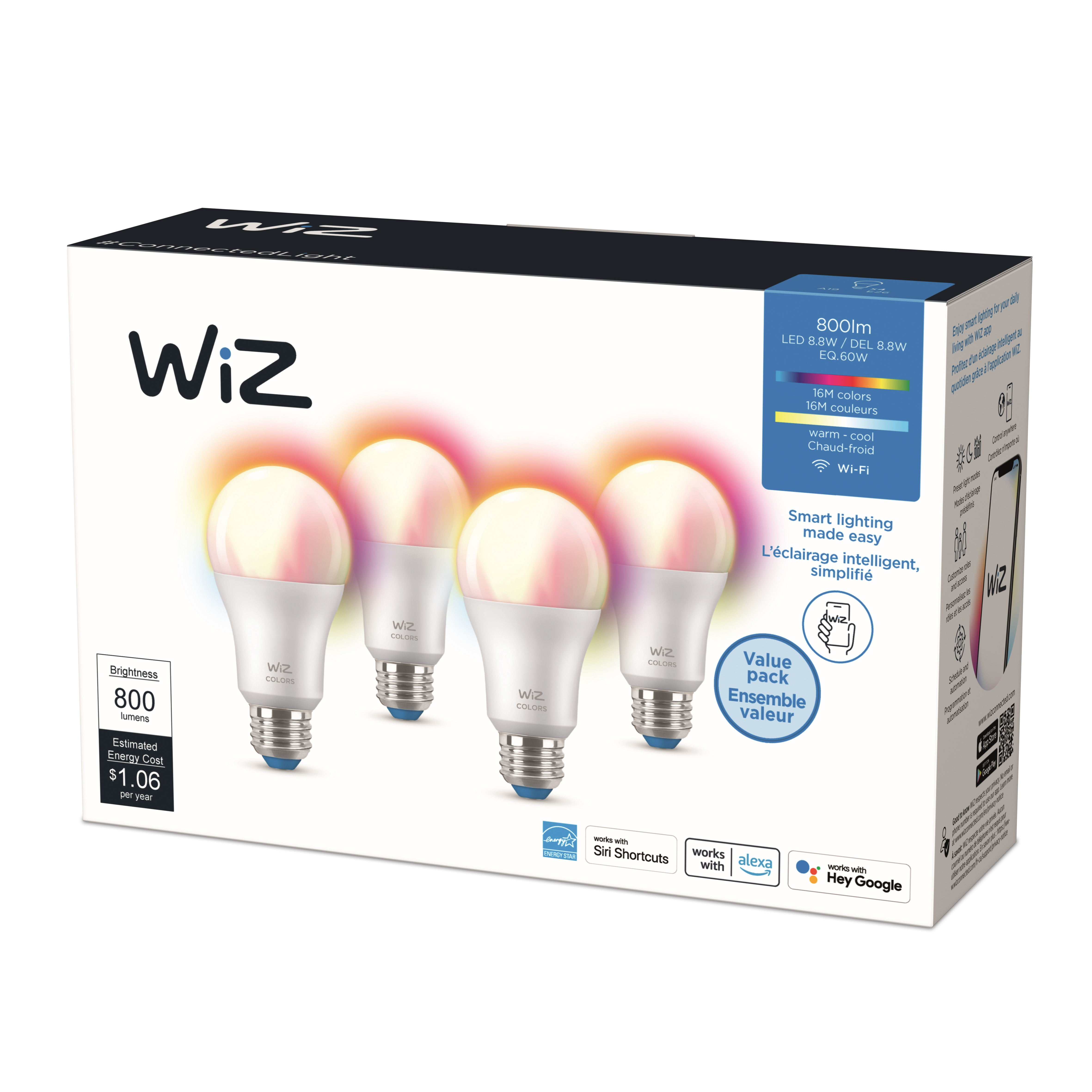



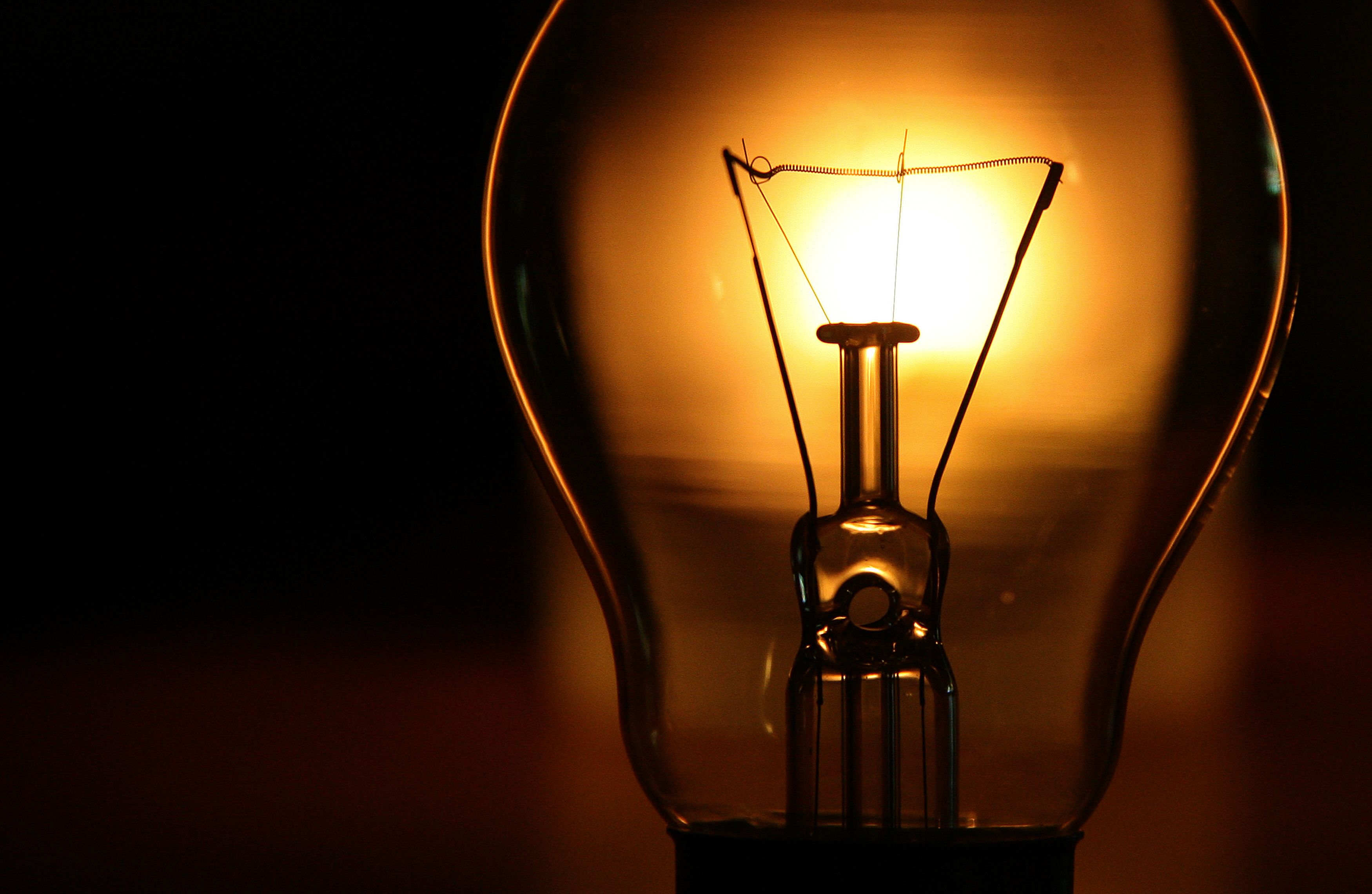
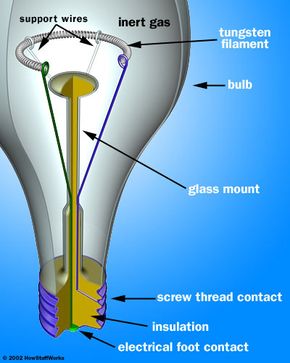
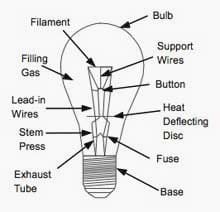

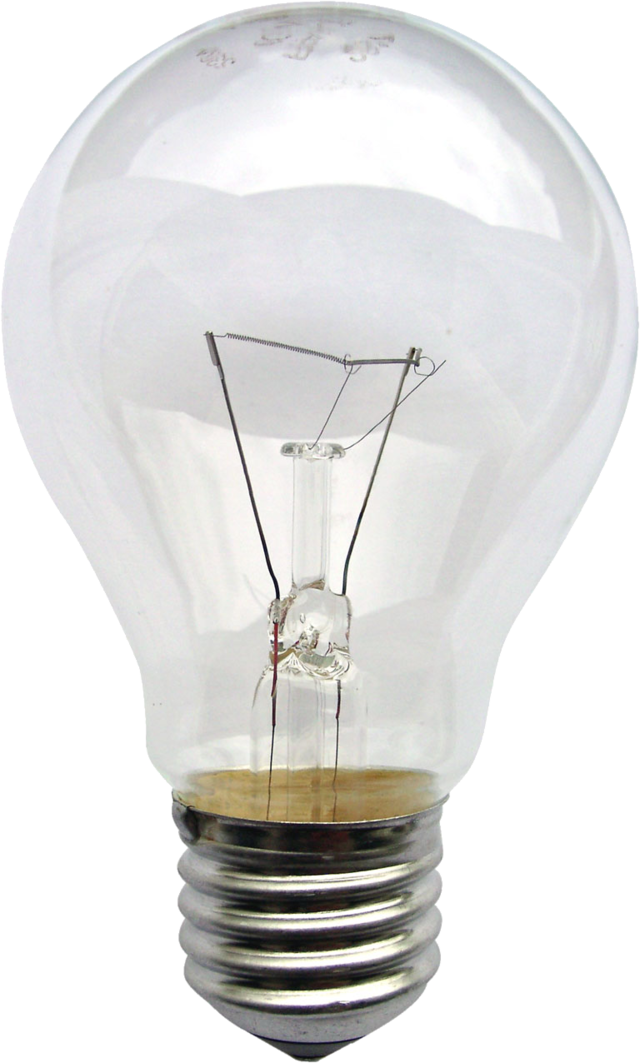
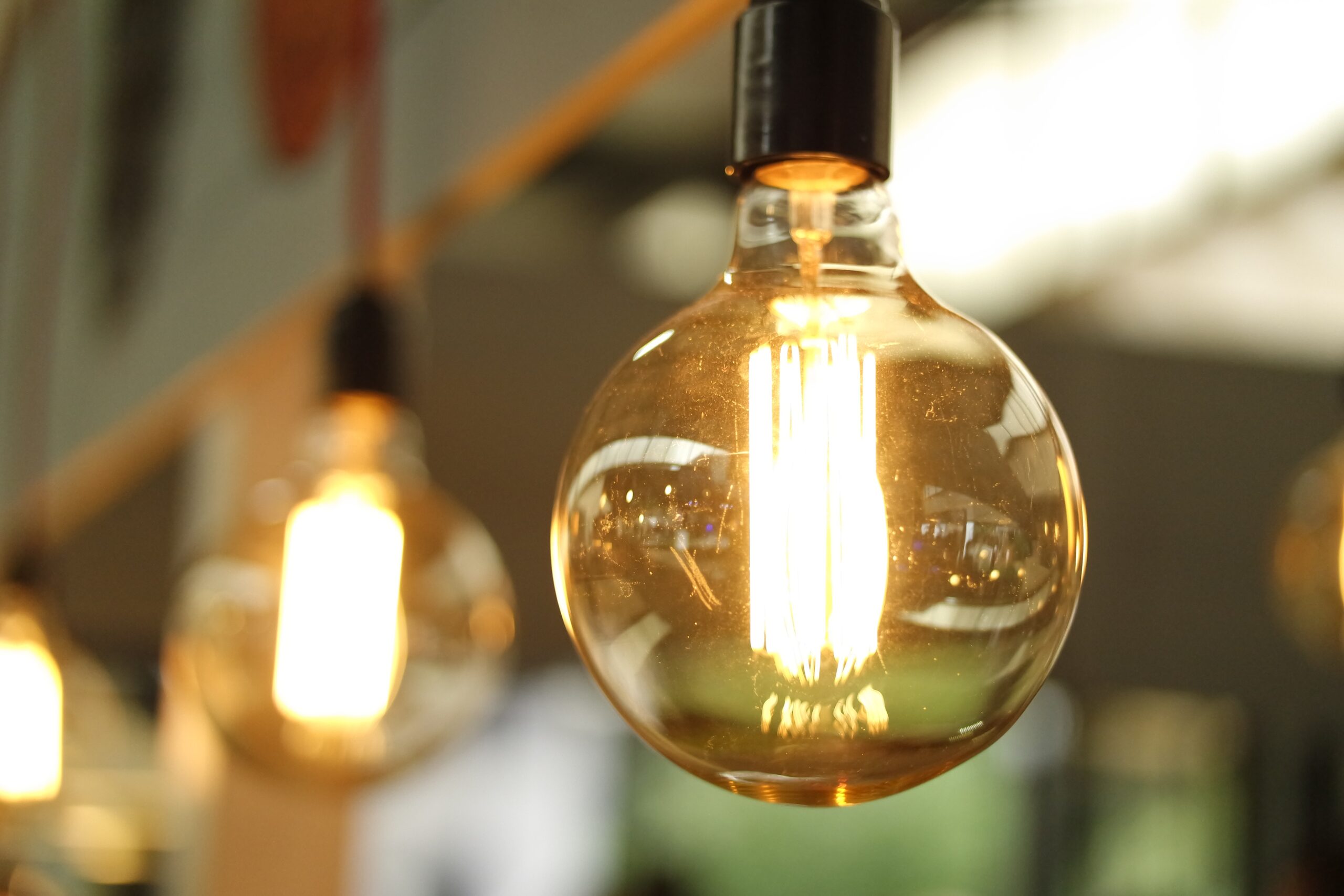
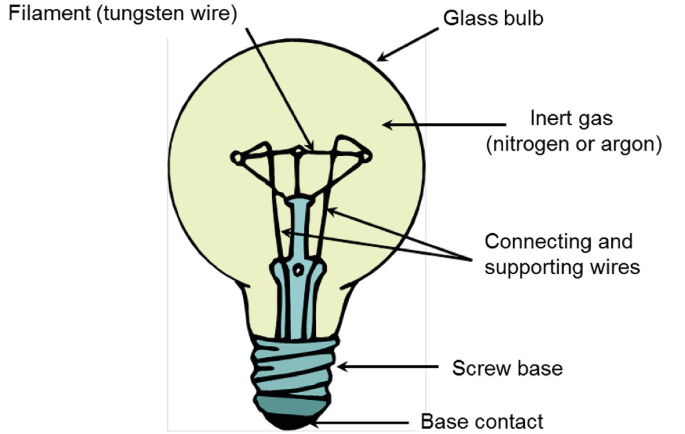




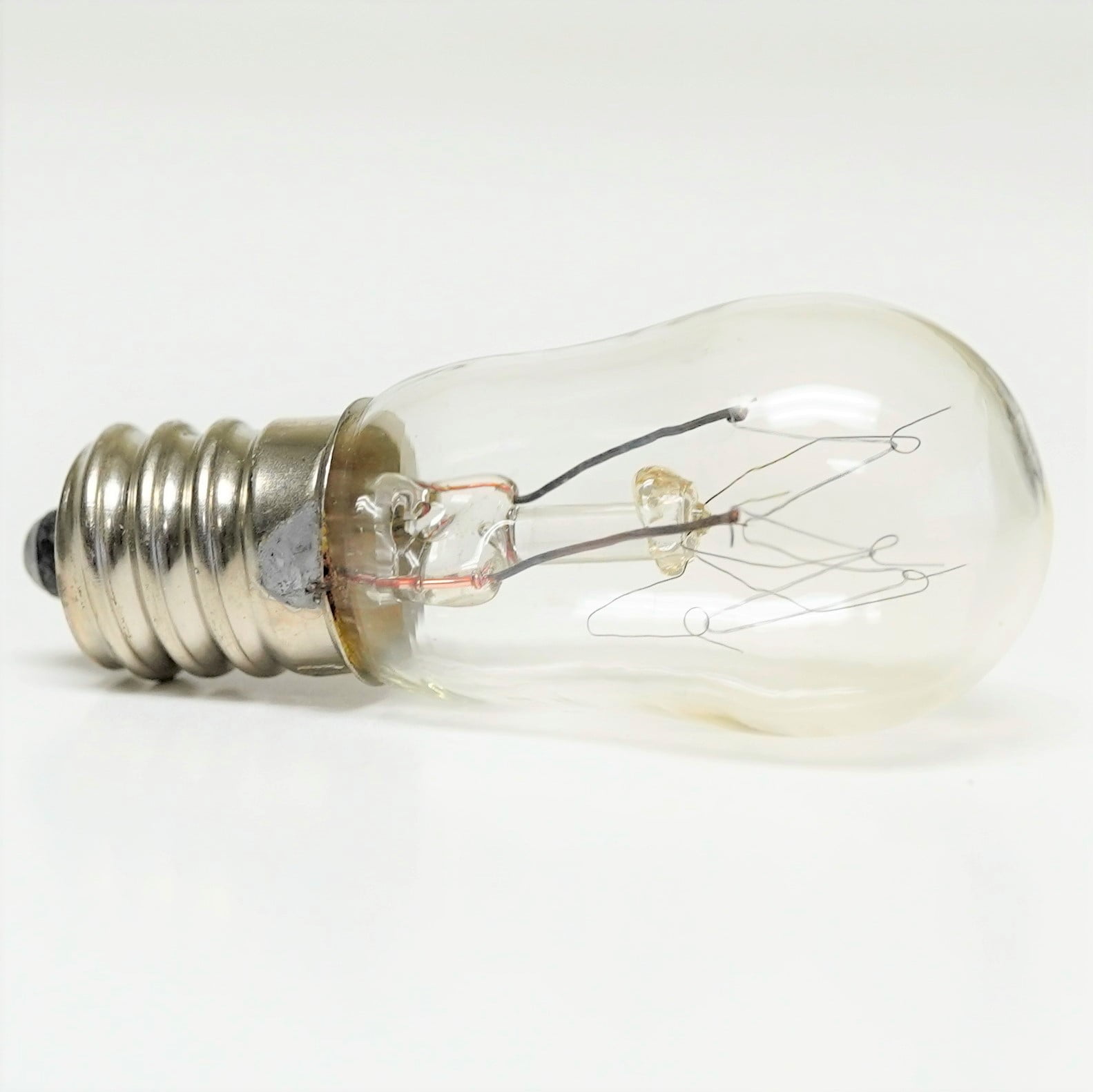

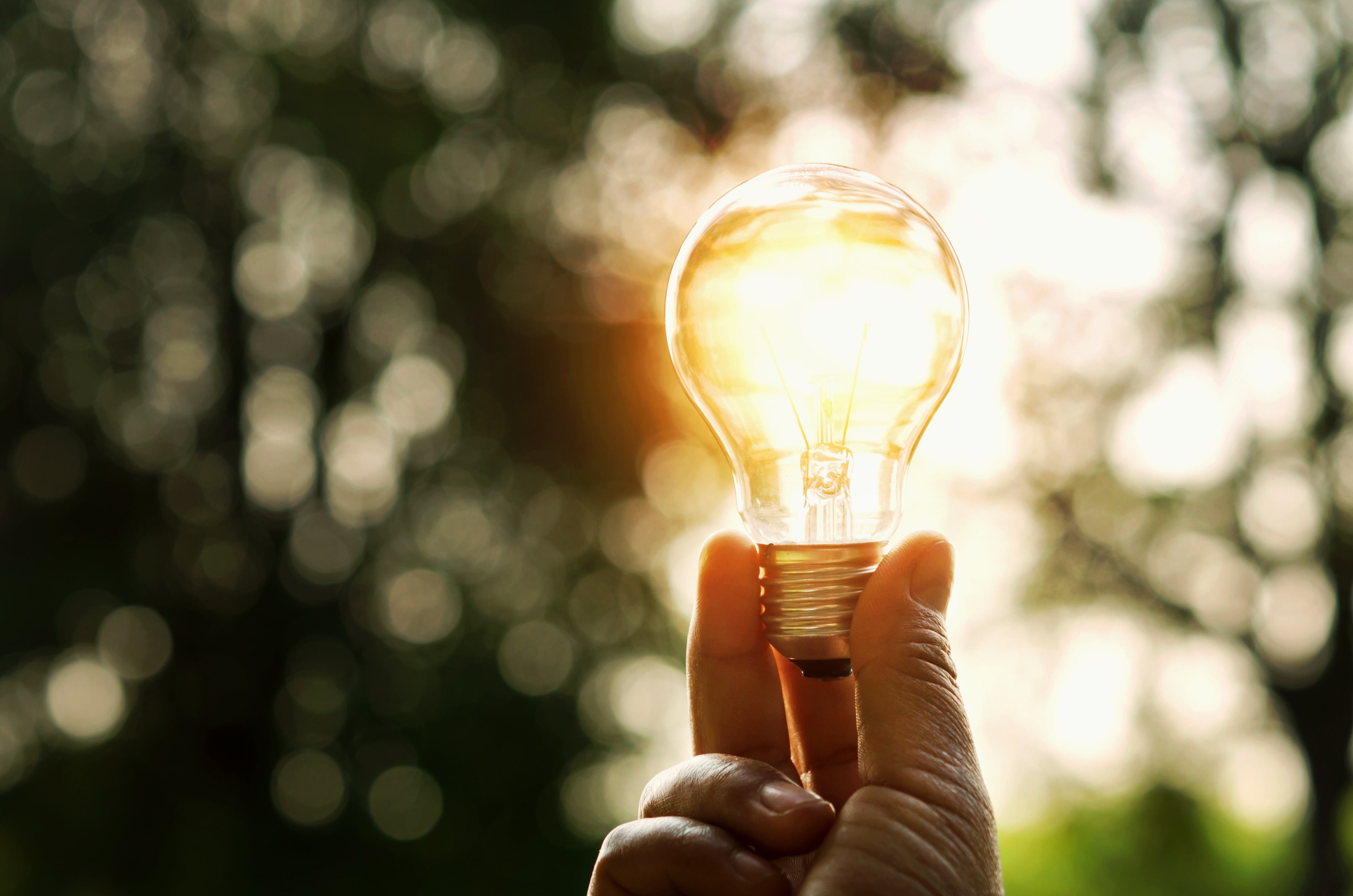

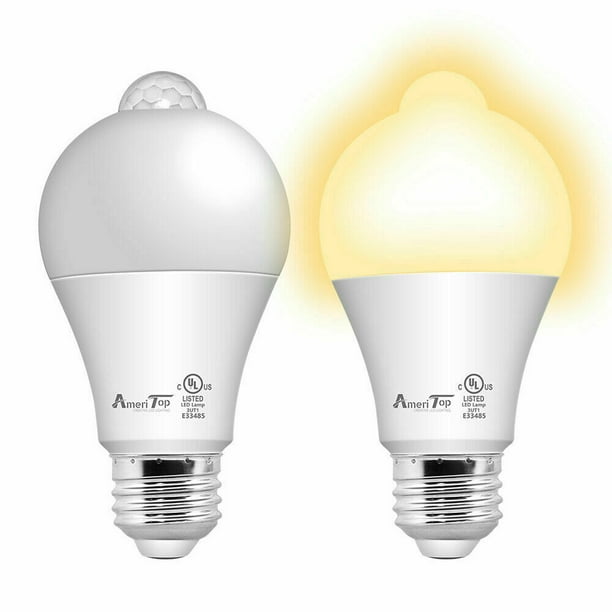
/cdn.vox-cdn.com/uploads/chorus_asset/file/19611174/Lighting_1117_HomeSolutions_TOH_08252017MR_0067.0.jpg)
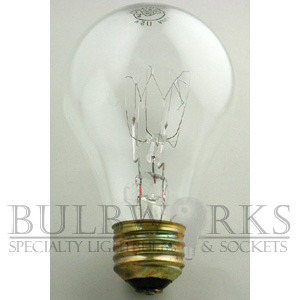

Post a Comment for "39 label the parts of an incandescent bulb"